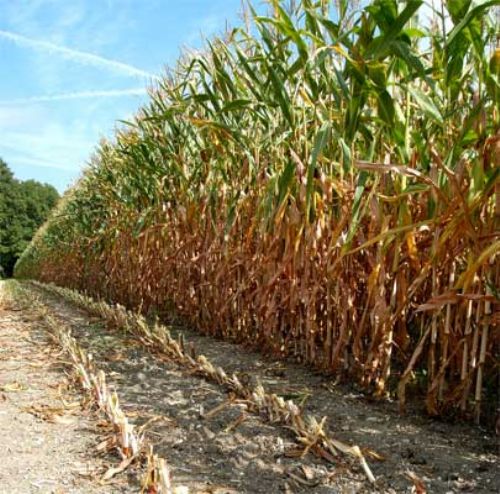
Eastern counties arable farmers growing maize crops for AD power plants or livestock feed have the opportunity to target black-grass weeds with an alternative herbicide mode of action, using Dual Gold as a pre-emergence treatment.
Syngenta Maize Herbicide Manager, Gary Jobling, reports very good results have been achieved from the spring applications when conditions have been right. ’It’s not going to be the ’magic solution’ for arable farmers battling with black-grass, but it is another useful tool in the herbicide strategy. With the increasing popularity of maize grown for anaerobic digestion (AD) plants, it further enhances the role of crop in the overall farm rotation.’
Mr Jobling advocates that the Dual Gold pre-emergence treatment gives growers the chance to be more selective in their maize weed control strategy. The initial application can be followed up with Calaris, Callisto or Peak post-emergence, when they can identify the specific weed burden challenge remaining. ’Most arable farmers will have their own sprayers and skills to target weeds with appropriate products and rates at the optimum early post-emergence timing to keep the crop growing.
’They will need to be aware of various following crop restrictions associated with some herbicides when making their selection; the new maize herbicide, Peak, gives probably the greatest flexibility,’ he added.
For fields with a relatively low grass and annual weed pressure, or for later drilling, Mr Jobling advocates Dual Gold alone at an application rate of 1.4 l/ha. Where crops are being drilled early, or there is a historically high weed pressure, the combination of Dual Gold at 1.4 l/ha and pendamethalin at 2 ’ 3 l/ha has been shown to give outstanding results.
